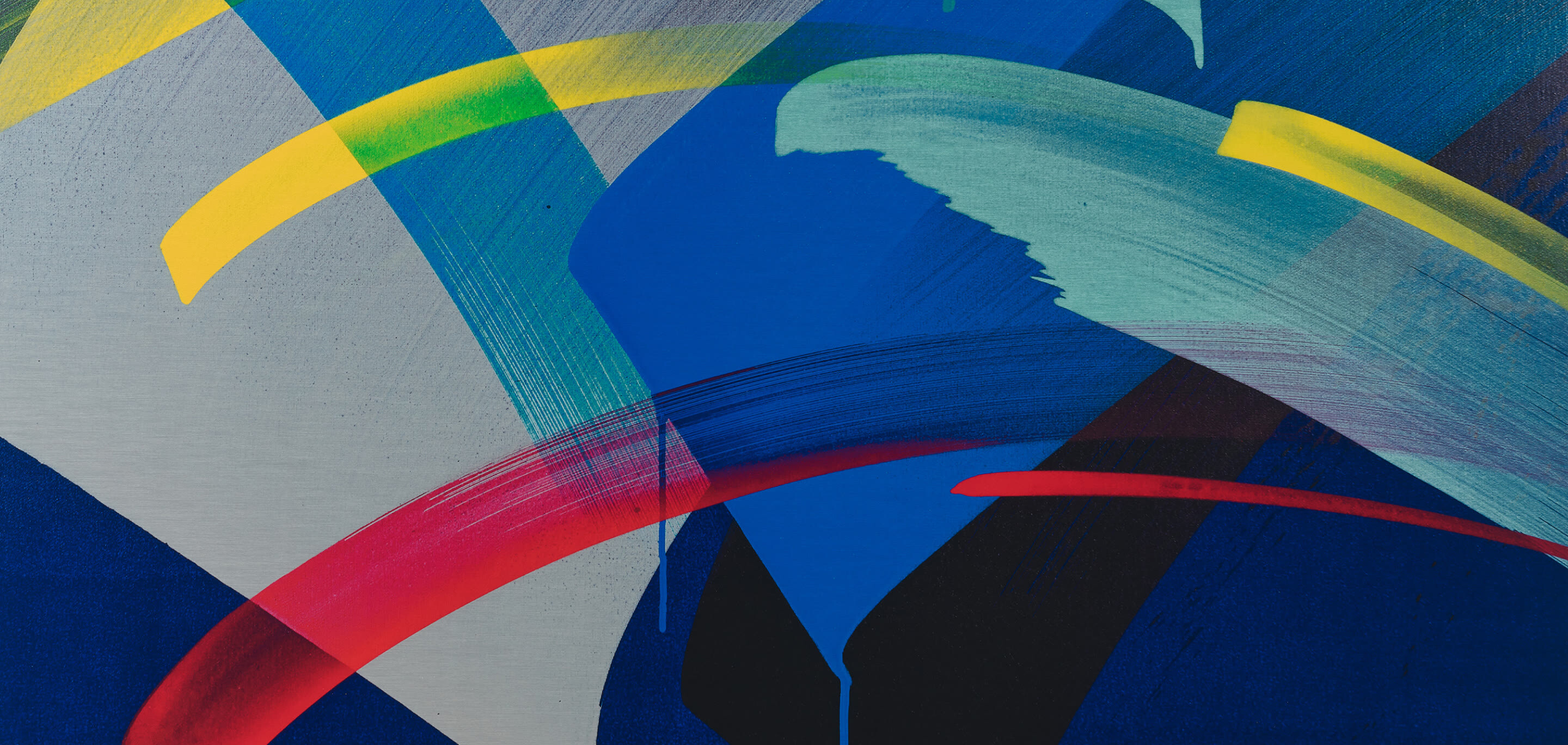Takesada Matsutani, the Japanese artist who transformed vinyl-glue into avant-garde art
2 min read · 31 Jul 2023

“Takesada Matsutani: Combine,” Hauser & Wirth New York. Copyright the artist, courtesy of Hauser & Wirth. Photo by Thomas Barratt
Takesada Matsutani is on the HENI News radar as the veteran Japanese artist’s virtuoso works in glue and graphite are in demand among collectors.
Takesada Matsutani's HENI Score—a unique artist sentiment—has witnessed a dramatic surge of 195% after a string of strong auction sales and shows in France, his adopted country. He is best known for his abstract works incorporating vinyl-glue as a medium and his bold, graphic works.
An artist’s HENI score amalgamates data such as auction sales, NFT sales, news and social media mentions, gallery shows and museum exhibitions.
Market
Sales of Matsutani’s works at auction have totaled $1m over the past two years. In June 2023, an early work from 1965, 65-W sold for $270,500, more than three and a half times its upper estimate, at Christie’s London, for example.
His works have been on offer from $1,500 to $375,000 over the past two years.
The artist has been represented by the gallery, Hauser & Wirth, since 2015.
He also works with Asia-based Whitestone Gallery and Almine Rech.
His works have been presented at art fairs including editions of Art Basel and Frieze.

Takesada Matsutani, Almine Rech, Paris, installation view. Copyright the artist. Courtesy of Almine Rech
Shows
In 2023, Almine Rech organised a survey show of Matsutani’s work in its Paris space.
Hauser & Wirth’s latest exhibition, held in one of its New York spaces, featured a monumental abstract scroll work dating from the 1990s, his signature, large-scale glue-and-paint wall works.
The veteran artist’s recent museum shows include a prestigious solo exhibition at the Centre Pompidou in Paris in 2019. In 2020, Les Abattoirs in Toulouse organised a solo show of the artist’s prints from the 1960s and 70s.
Profile
Born in Osaka in 1937, Matsutani became a member of the influential Gutai group of avant-garde artists when in his mid-20s, showing his innovative relief paintings created with paint and Elmer’s glue, which he would manipulate as it dried with a hairdryer or fan.
He moved to Paris in the 1960s where he made his mark with his vinyl-glue works, his abstract geometric prints and large-scale monochrome works in graphite.
In an interview with the Brooklyn Rail, Matsutani recalled his discovery of the artistic possibilities of US-made Elmer’s glue he discovered as a young man in post-war Japan. The chemical-based glue was quite different from traditional Japanese glues. “I bought the vinyl glue, pour it on a small canvas that I prepared, and then I waited for the wind to come," he said. "Slowly, the outside dried, but the inside remained wet. Interesting. So I turned it upside down, and gravity began to pull it and make a form like a stalactite.”
More
To get a deeper understanding of Takesada Matsutani’s career visit his HENI Dashboard; a unique graphical data tool illustrating an artist’s auction sales, shows, profiles, mentions and their HENI Score. You can search for any one of the 100,000 Artist Dashboards to quickly appreciate their trajectory as well as sharing via email, text and WhatsApp.


Get the HENI News Daily Art Digest delivered to your inbox